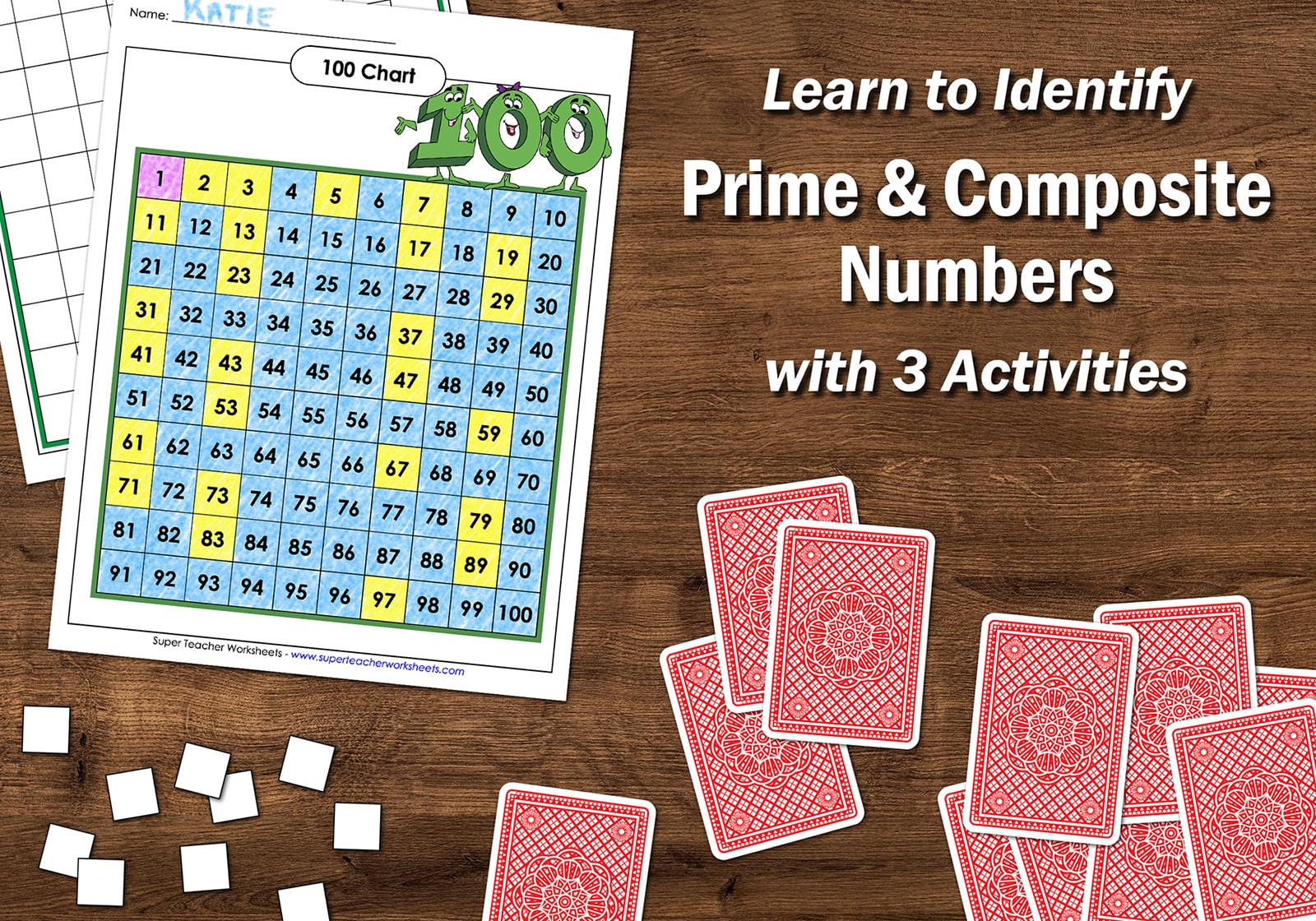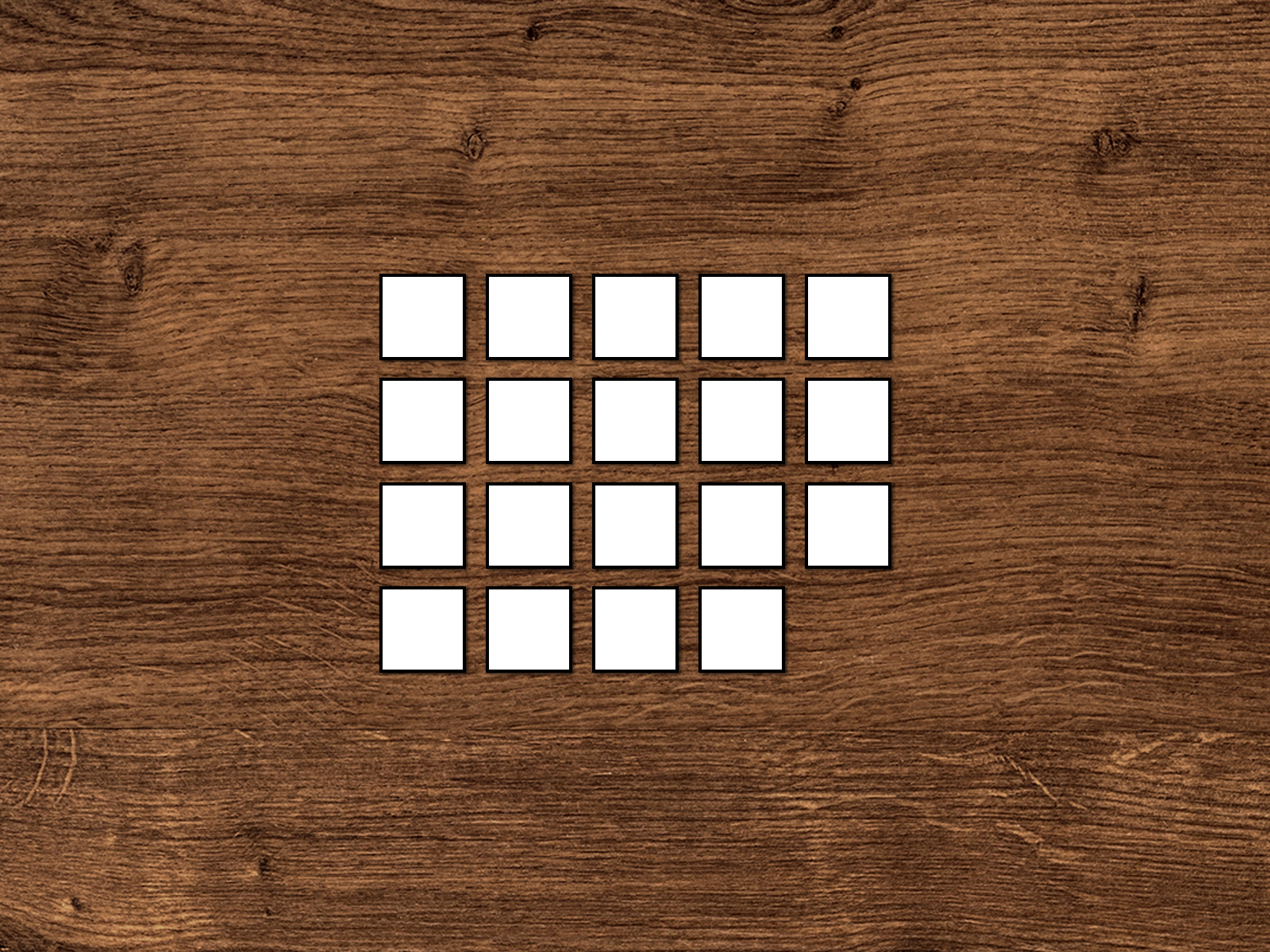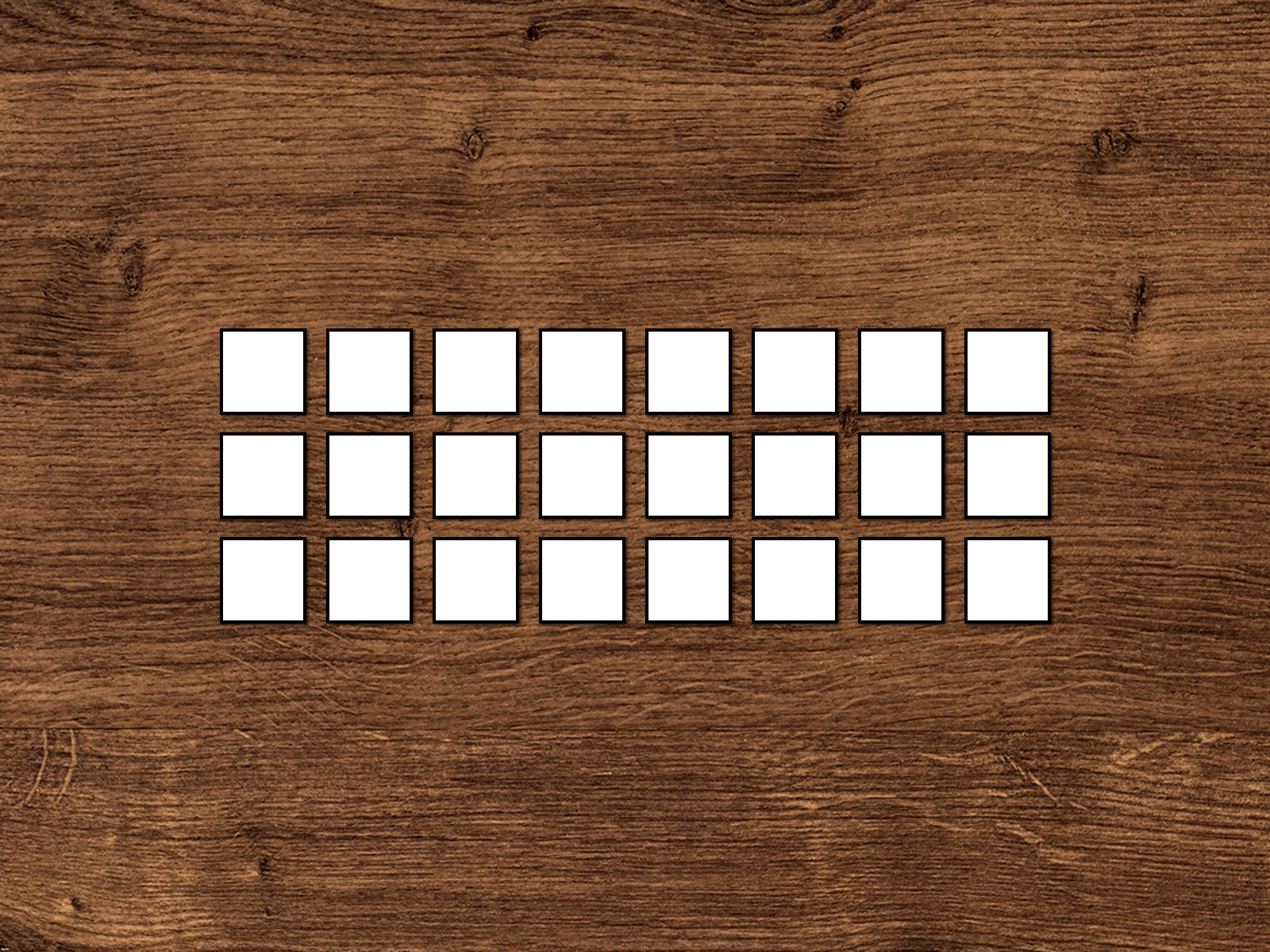
Get ready to teach little ones how to identify prime numbers and composite numbers! In our November blog post, we are featuring three simple activities you can do with students to help them recognize prime numbers and composite numbers. Read on to find out more.

Grab a pack of playing cards and play a fun mystery game to help students get the hang of prime numbers and composite numbers.
Shuffle a deck of playing cards, and remove the jokers. You may also choose to remove aces, jacks, queens, and kings, or you can assign them number values. For example, tell your students aces are 1, jacks are 11, queens are 12, and kings are 13. To keep it simple, you could also say all face cards are 11. Then lay 10 to 20 cards face-down in rows on a table or desk.
Students will take turns flipping over two playing cards at a time. The student whose turn it is will add the numbers together. If the resulting number is a prime number, he or she gets to keep the cards. If not, he or she will flip the cards back over, and the next student will take a turn.
Play will continue for however many rounds you choose or until no other prime numbers can be formed from the card combinations.
The player with the most cards at the end of the game wins.
In this activity, students will build rectangular grids to investigate whether a number is prime or composite.
First, print out this blank hundreds chart and have students cut it up into individual squares.
Then, call out a number up to one hundred.
Students will work in pairs or small groups to try to make a rectangle using the number of squares you have called.
For example, students try to make a rectangle with 19 squares:

Since a prime number is defined as a number greater than one with only two factors, one and itself, students will discover that a prime number cannot be configured into a rectangle no matter the arrangement they make.
19 is indeed a prime number!
Try the exercise with another number – 24:

Since a composite number is defined as a number greater than one with more than two factors, students will discover that a composite number can be configured into a rectangle.
It may take a few different arrangements to work, but ultimately students should be able to form a composite number into a rectangle.
Pretty neat, right?

Let’s not forget about the handy hundreds chart for helping students identify prime numbers and composite numbers! It’s a great visual aid that assists children with finding prime numbers and composite numbers up to one hundred.
Print out this pre-filled hundreds chart to use with your students.
Children can use crayons or colored pencils to fill in all the prime numbers with one color and all the composite numbers with another color. Don’t forget to reserve a third color for the numbers zero and one because they are neither prime nor composite!
We hope these easy and fun activities will help your little number detectives become master sleuths when it comes to identifying prime and composite numbers up to one hundred!
For more interactive, educational math activities for your class, be sure to visit iKnowIt.com.